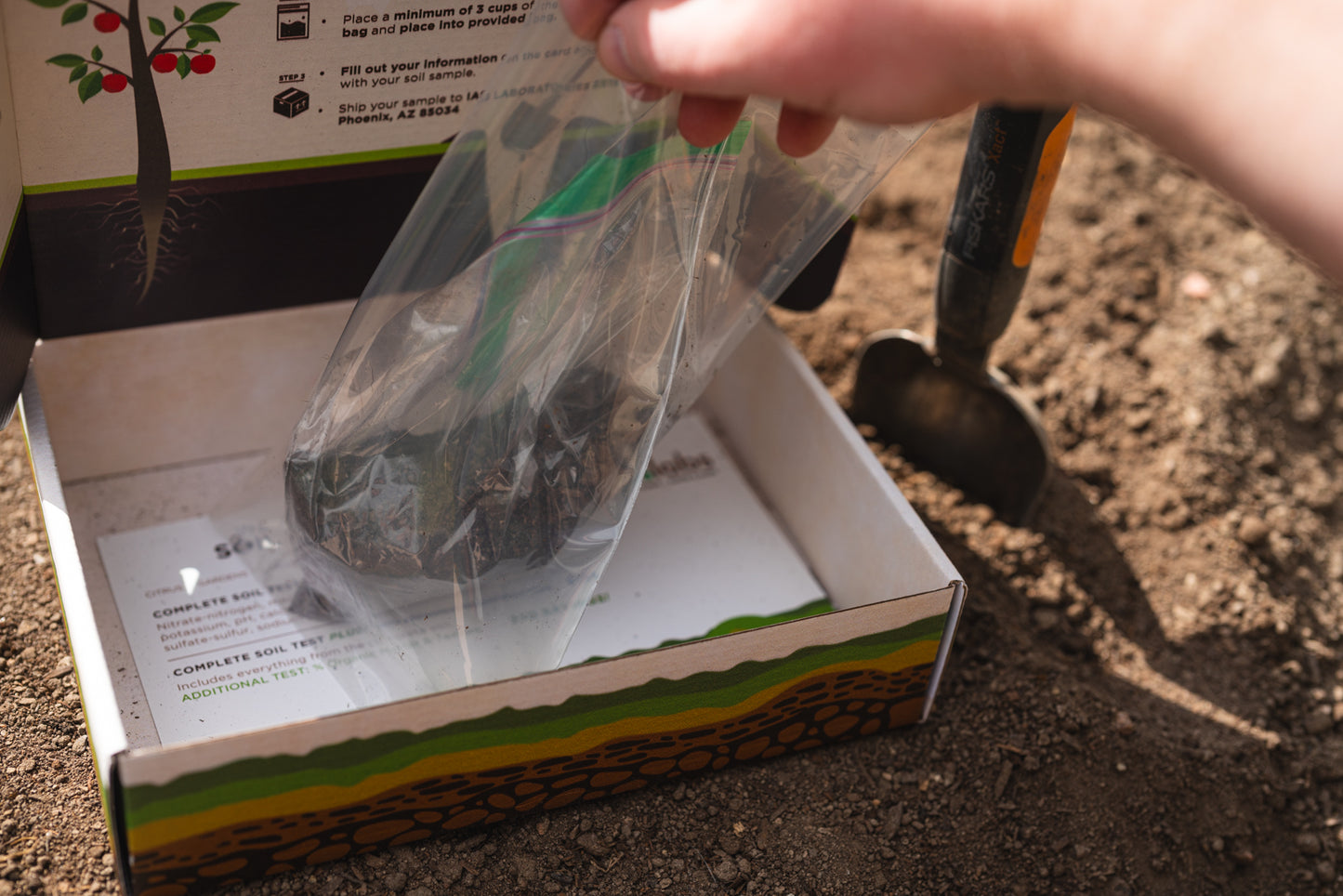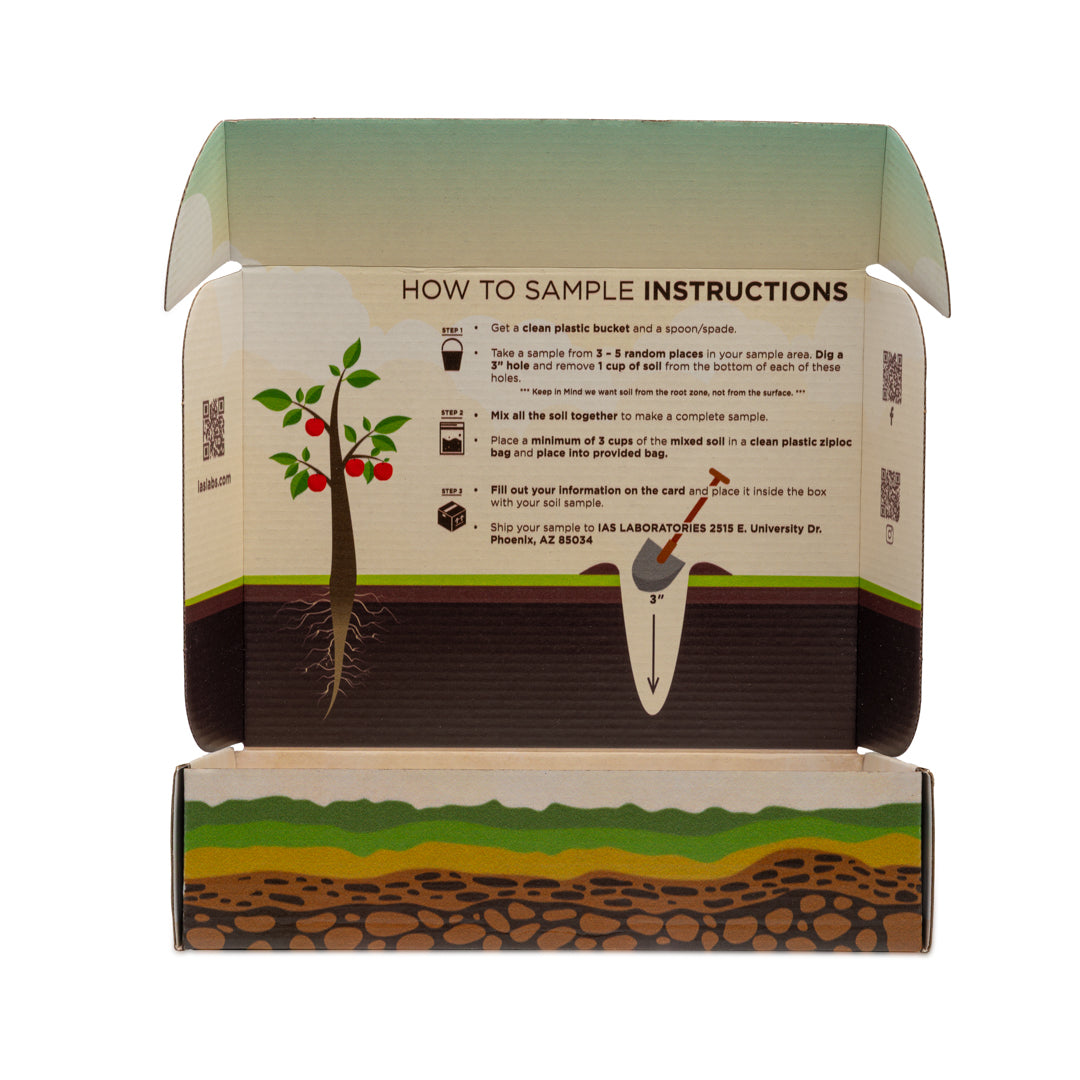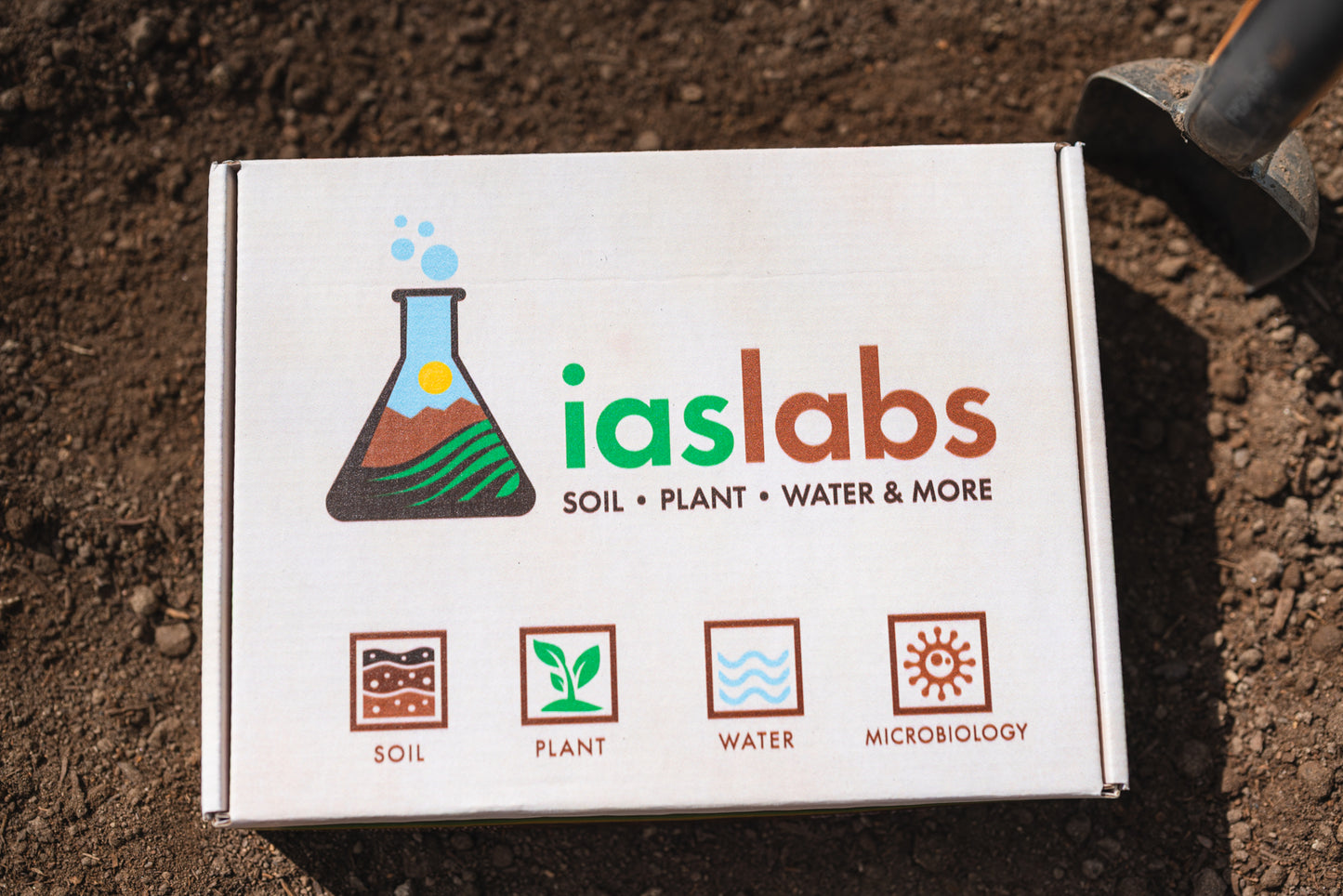What We Test For
Boron is an essential micronutrient that supports cell wall strength, root growth, and reproductive development in plants.
Calcium in soil improves structure, promotes good drainage, and balances pH, making other nutrients more available. Deficiencies can lead to issues like blossom end rot and weak root systems.
In soil, copper is mostly bound to organic matter, and availability depends on pH. Deficiency can cause stunted growth, pale or twisted leaves, and poor flower or grain development.
Free lime is excess calcium carbonate in the soil that raises pH and can limit nutrient availability. While it helps buffer acidity, too much can tie up important nutrients like iron, zinc, and phosphorus, leading to deficiencies in plants even when soil tests show adequate levels.
In soil, iron is often present but becomes unavailable in high pH soils, leading to yellowing between leaf veins. Even when abundant, iron needs the right conditions to be accessible to plants.
In soil, magnesium is a cation (Mg²⁺) and competes with calcium and potassium for uptake. Deficiency often shows as yellowing between leaf veins on older leaves, while excess can interfere with other nutrient absorption.
Manganese is a micronutrient that supports photosynthesis, enzyme activity, and nitrogen metabolism in plants. It's especially important for chloroplast formation and helps protect against oxidative stress
Deficiency causes pale, yellowing leaves, especially older ones, and stunted growth, while excess can lead to excessive leafy growth with weak roots or delayed flowering.
Most plants grow best in a slightly acidic to neutral pH (around 6.0 to 7.0). Outside this range, certain nutrients become less available (like iron, manganese, and phosphorus), even if they are present in the soil.
Phosphate-phosphorus (P) is essential for root development, energy transfer (ATP), and flowering or fruiting in plants. It helps establish strong early growth and supports overall plant vigor.
Potassium (K) is a major nutrient that helps regulate water movement, enzyme activation, and overall plant stress tolerance.
High salinity makes it harder for plants to absorb water, leading to wilting, stunted growth, and leaf burn even when moisture is present.
Sodium percentage indicates how much sodium is held on soil particles compared to other essential nutrients like calcium, magnesium, and potassium.
t's essential for protein formation, enzyme function, and chlorophyll production. Sulfur also helps improve flavor and quality in crops like onions, garlic, and brassicas.
Zinc is a micronutrient essential for enzyme activity, hormone production, and protein synthesis in plants. It supports growth regulation and is especially important during early development.
Organic matter improves soil structure, water retention, and nutrient-holding capacity, while also feeding beneficial microbes. Organic matter helps release nutrients slowly, supports root development, and buffers pH.
Soil texture refers to the proportion of sand, silt, and clay particles in a soil. It affects key factors like water retention, drainage, aeration, and nutrient availability. Sandy soils drain quickly but hold fewer nutrients. Clay soils retain water and nutrients well but may have poor drainage and airflow. Loam (a balanced mix) is ideal for most plants.








